We are taking the wrong approach to beds and bed occupancy
A better understanding of risk will underpin the case for reducing today's high bed occupancies.
Filter blog posts
You can filter out our blog posts below by a category relevant to yourself.

A better understanding of risk will underpin the case for reducing today's high bed occupancies.
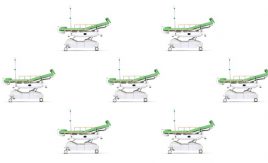
Are hot and cold sites the right answer? The last in a 7-part series on bed occupancy.
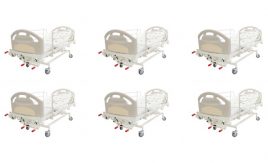
The differences between medicine and maternity, big units and small ones. Part 6 of a 7-part series on bed occupancy.
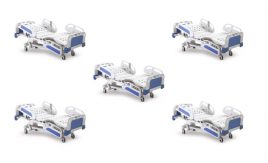
They help, but only when bed occupancy is very high. Part 5 of a 7-part series on bed occupancy.

Should we focus on morning discharges? Or reducing lengths of stay? Part 4 of a 7-part series on bed occupancy.

Variation during the week. Part 3 of a 7-part series on bed occupancy.
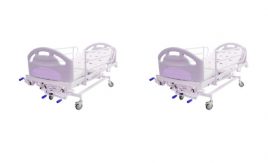
Week by week variation. Part 2 of a 7-part series on bed occupancy.
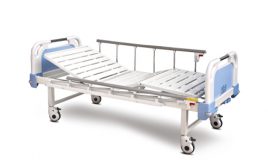
...and start talking about the risk of running out of beds. The first in a 7-part series on bed occupancy.

New techniques reveal how the risk of bed crisis depends on non-elective bed occupancy. Here are some results from real NHS hospitals.

Are your cancer pathways designed to breach the targets? Why not check, using our new monthly cancer control charts? Based on data published by NHS England they analyse whether your cancer pathways are in control, and how often they are expected to breach, so you know what action you need to take.